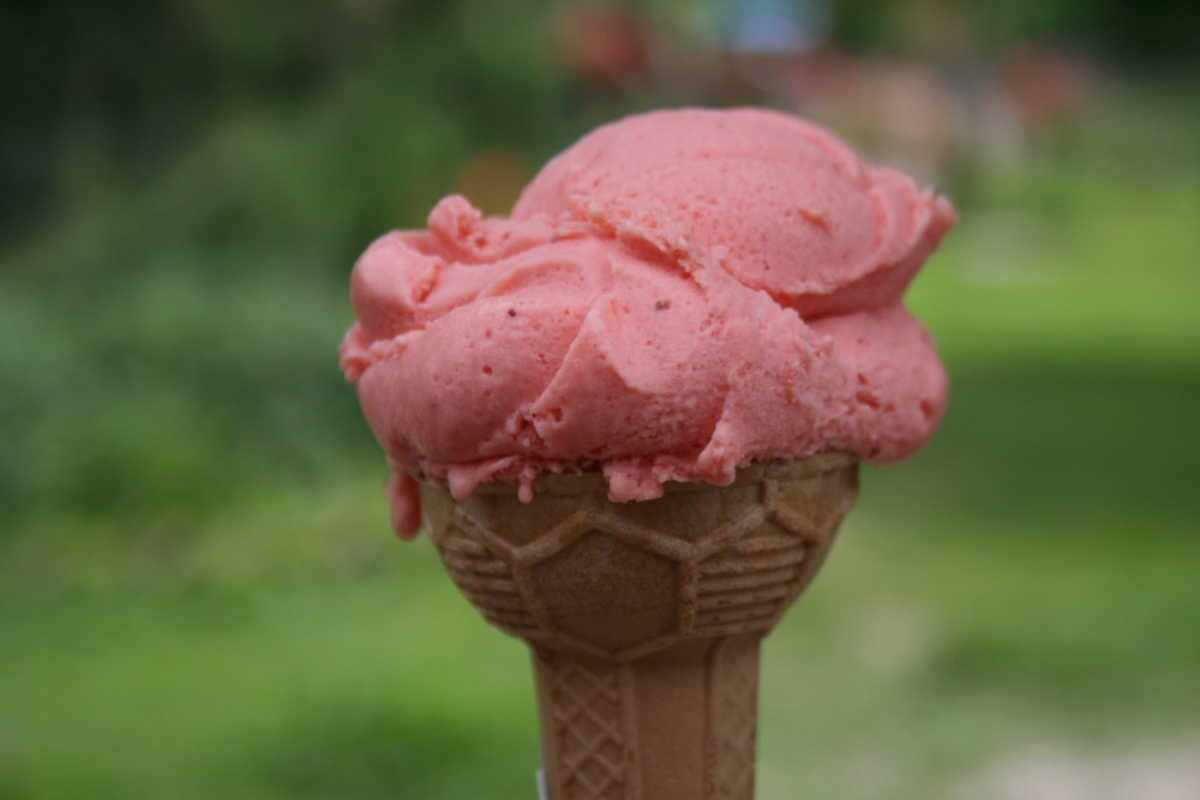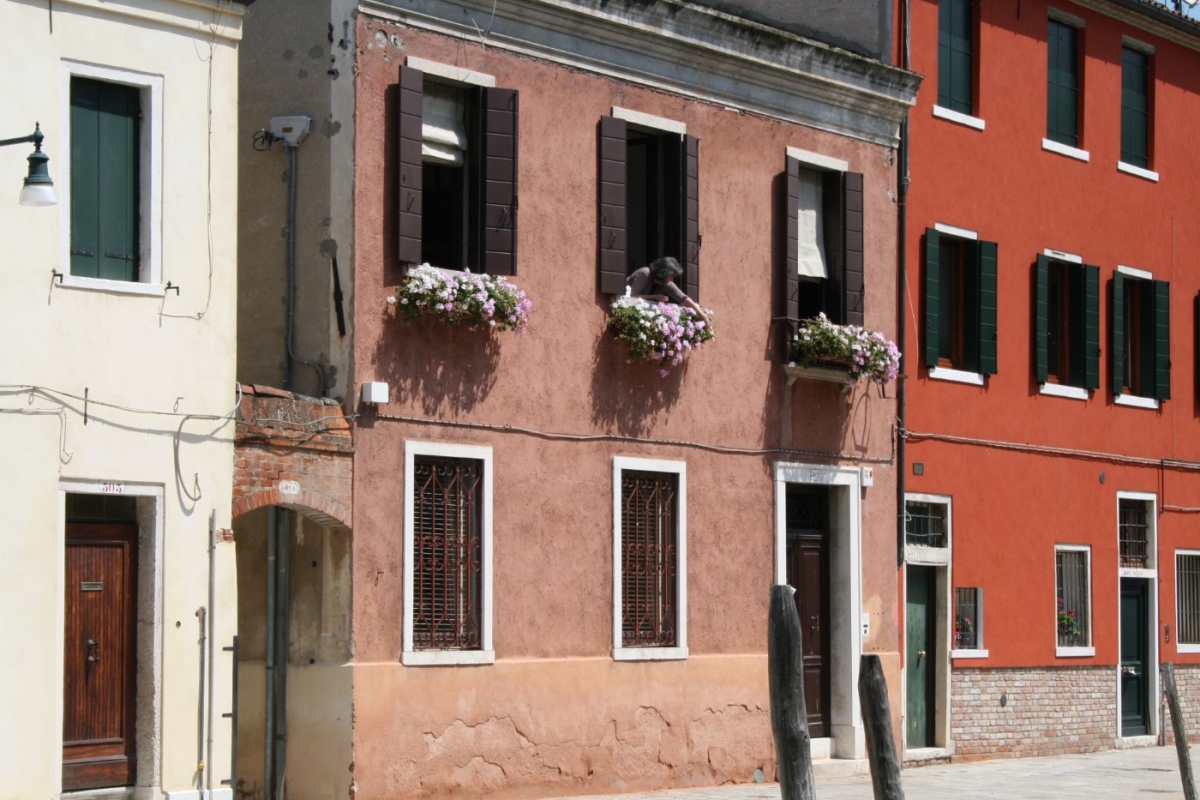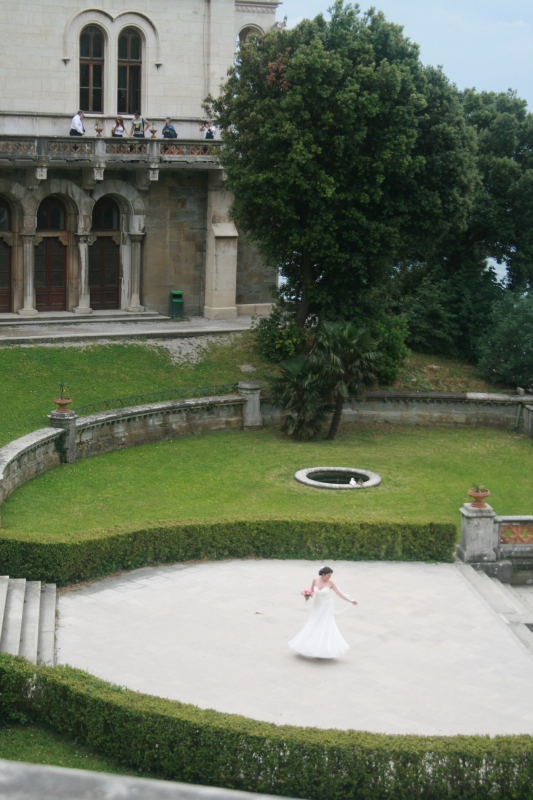∞Originally published in the Vancouver Sun, December 17, 2016∞
It’s evening on the Adriatic, and we’re on a terrazza high on a karst cli over the Gulf of Trieste, holding a glass of Prosecco and watching harbour lights dot the dusk. Behind us oat the sounds of a wedding party, carried from a hilltop ristorante in the town of Prosecco-Contovello, no doubt well into carafes of Friuli wine.
My companion turns to our host, an elegant gentleman in a powder blue suit, and asks about the view: The lush green hills to the east: parkland perhaps?
“This is Italy,” he replies languidly. “Why would we have a park where we could have a vineyard?”
We’re exploring the north-eastern Italian region of Friuli- Venezia Giulia, which offers sun-dappled scenes of vineyard-quilted hills. It, and the adjoining Veneto region, are home to Glera grapes, the varietal responsible for Champagne’s second cousin, Prosecco.
The sparkling wine takes its name from the town outside Tri- este. And yet today, Prosecco is no longer made in the town that bears its name. While the Glera grape is grown across the Friuli, Prosecco now has an o cial des- ignation: DOC and the superior DOCG, reserved for wines from Valdobbiadene and Conegliano in the Veneto.
Italy produces 150 million bottles of Prosecco from here per year, with global sales exceeding Champagne. Canadians have fallen for its lightness, on the palate and the pocketbook. Where better to drink it, we think, than at the source?
The day after our cli side cena we explore charming Prosecco-Contovello, with its red-tiled farmhouses, backyard vineyards and sweeping sea views. Then we head downhill to the Castello di Miramare, a neo-Gothic castle with botanical gardens perched high above the sea.
A few minutes away is the city of Trieste, the regional capital with an eastern European a- vour. At its heart is the picturesque Piazza dell’Unità d’Italia, the largest sea-facing public square in Italy, where Prosecco-fuelled celebrations are often held.
Watch for newlyweds clinking utes under confetti showers outside the Palazzo del Muni- cipio city hall. If it’s too early to join them, cafes set in the grand palazzi o er a perfect place to enjoy an Illy espresso; the Ital- ian co ee empire’s founder was raised in Friuli-Venezia Giulia and the co ee is still roasted here. Amble down the cobble- stones of Via Cavana, lined with alfresco patios, for lunch and a restorative glass. Restaurants in the region often have sparkling Friuli wines on tap and they make an excellent match for a platter of fritto misto.
After lunch head to the Bar- cola, a strip of sandy beaches that beckon sunbathers. An afternoon in the sun calls for a low-key evening: stuzzichini snacks and bubbly at one of the city’s many wine bars. Try Enoteca Bischo , which dates to 1777 and boasts a cellar with 2,500 Italian labels. Or Divino in Vino, to make a meal of cheese and charcuterie, paired with Ca’Salina’s Sirocol Prosecco Superiore Extra Dry.
From Trieste, continue your Prosecco promenade with a two- hour train to Treviso to explore the Strada del Prosecco, a 40- kilometre wine route through golden Glera vineyards and vil- lages strung like grapes on a vine between Conegliano and Valdob- biadene. Spend a day visiting Italian villas, admiring ancient castles, catching glimpses of the snow-capped Dolomites in the distance and visiting some truly great Prosecco houses.
There are dozens of vintners here, but the best grow their grapes on the hill of Cartizze, a thousand-foot high vineyard between the villages of San Pietro di Barbozza and Santo Stefano. Along the route, you’ll nd family-run properties with a farm- house feel, such as Vettori, which o ers Prosecco Brut and Sec. Or head to history-laden hideouts like the 400-year-old Gregoletto winery which, in addition to Pro- secco, produces a rare, still white from Glera grapes. Opt for a slicker experience at Bisol in San- to Stefano where they’ve been making Prosecco since 1875 and o er English guides for tastings and tours of their rock-walled cellar. Visit the third week of May and you can sample even more: dozens of Prosecco producers pop corks at the annual Vino in Villa festival at the Castello San Salvatore.
Venice, the sinking city, is less than an hour south of the Veneto’s 50,000 vineyards. Few vines are cultivated here — the brackish soil doesn’t suit. In Venice, the best thing to do with Prosecco is drink it, preferably canal-side in an aperitivi like the Aperol Spritz, a bitter beverage that complements prosciutto-wrapped melon. Just don’t taste too many: wayfinding is madden ing, even before drinking.
It’s best to dive in, intending to get irredeemably lost and to take an obligatory tourist gondola. You’ll eventually nd the Piazza San Marco, with its magni cent Basilica and views of the Grand Canal.
The city’s oldest bacaro, the rustic All’Arco, offers chilled Prosecco and antipasti: sardines en saor and crostini with creamed bacalao. A giro di ombre — pub- crawl — to some of Venice’s best bacari is an affordable adventure in this pricey city and a good way to rub elbows with locals.
Just a vaporetto ferry ride from Venice are the islands of Murano, Burano and Torcello. Murano is known for its intricate glasswork but wander away from the shops and you’ll nd a bridge to a hidden wine resort on the islet of Mazzorbo.
This is the Venissa vineyard which led the rediscovery of the Dorona di Venezia: a golden grape once loved by Venetian doges but thought lost to history. In 2002, the Bisol family found old vines on Torcello, leading them to scour the islands and unearth 80 vines they transplanted to their salt-washed soil. Wine enthusiasts have since discovered the estate, and its story. Visitors can stay in its six-room inn, biking along the lagoon and sipping golden wines, first bottled in 2010 and showcased in Venissa’s Michelin-starred restaurant serving lagoon-sourced delicacies such as sea fennel and canocia shrimp.
End your trip on tiny Torcello. The island, rst inhabited in the fth century by a monastic community, is the oldest continually populated corner of Venice. It now feels abandoned, especially at end of day when tourists depart, as only 10 residents remain. Stroll its silted lagoons admiring the crumbling cathedral of Santa Maria Assunta and ruins of the Monastery of San Giovanni Evangelista.
If you stray far enough, you’ll find a gnarled little vineyard at the back of the cathedral. The vines, and the history of wines, go deep in this part of Italy: this island was where the Dorona di Venezia grapes were brought back from oblivion. Today, church statuary slowly erodes amid the shiny grape leaves. Proof that the Italian’s maxim rings true through time: why would you just have a churchyard, when you could have a vineyard?

I’m a different kind of travel writer. I craft long-form, cover-worthy feature-length travel articles with style and substance. I tell travellers not just what to do, but why. Find out how to work with me.



























